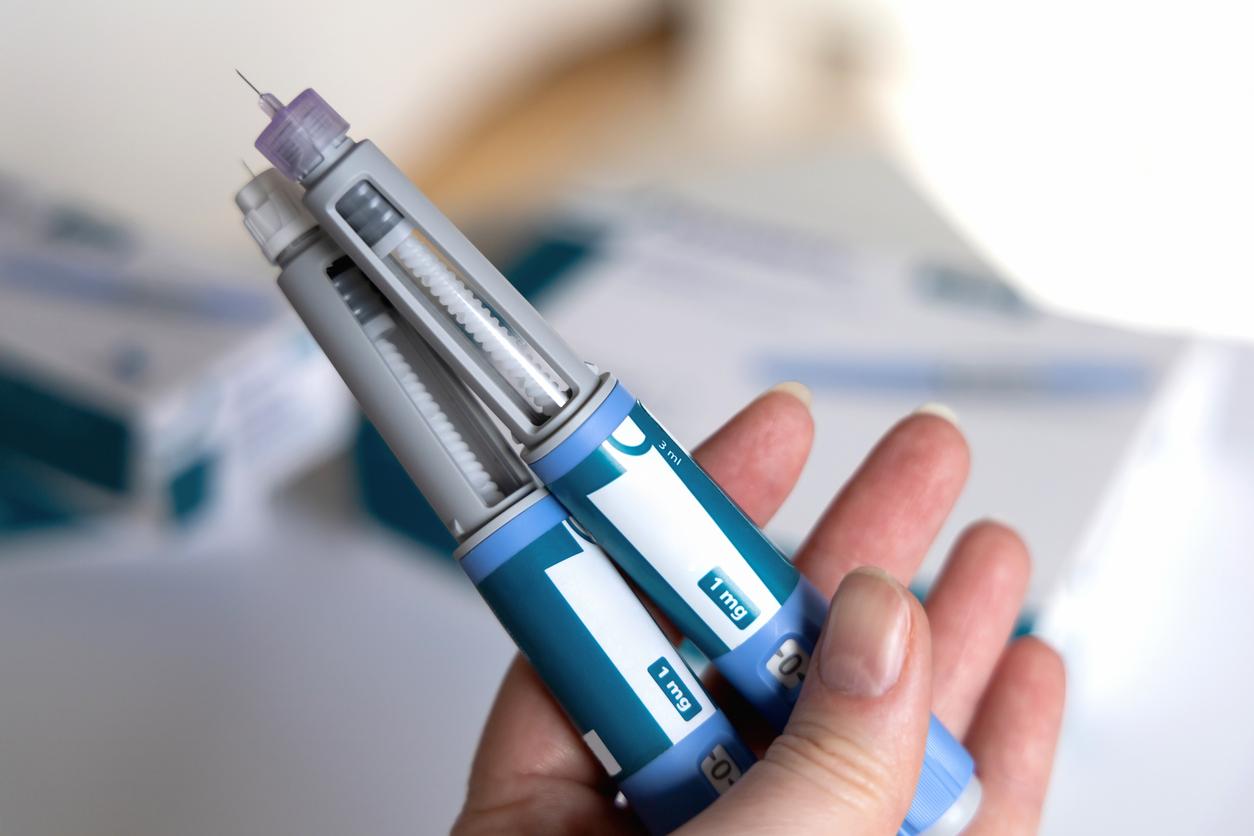Surface excimer laser photoablation (PKR)
Practiced since the 1990s, it is the first and oldest of the refractive surgery techniques. If it does not always give good results in the treatment of strong myopia, however, it is not obsolete. It is even recommended in particular for people with a thin and / or irregular cornea, in certain soldiers and in all those who practice combat sports (risk of shock on the eye). Thanks to the laser which emits ultraviolet rays, the surgeon planes the cornea on the surface, after having removed the epithelium, the layer of cells that protects it. At the end of the operation, a therapeutic lens (or a dressing) is therefore often placed for 3 or 4 days, while the epithelium is reconstituted. However, the pain is sometimes severe for 24 to 48 hours, healing more difficult and the risk of infection increased. One to three weeks will be needed to regain proper vision, and the person will need to wear ultraviolet filtering glasses for about two months if exposed to the sun. One of its strengths: it is a little less expensive than the other two techniques.
Excimer laser photoablation in the thickness of the cornea (Lasik)
First, the surgeon cuts a flap (flap) of the cornea using a microkeratome (mechanical scalpel) or a Femtosecond laser. Then, he lifts this cover which remains attached to its hinge and planes the cornea in its thickness with the Excimer laser. When he has obtained the desired correction, he gently returns the flap to its original position. The patient goes home during the day, with a transparent shell that he will wear to sleep between 1 and 5 nights. The day after the operation, he regains correct vision, especially in cases of myopia. Limitations of this technique: it can only treat symmetrical, regular, resistant and thick corneas.
The Smile, the latest technique
This recent technique involves cutting a pellet deep in the cornea, then removing it manually through a tiny lateral incision of a few millimeters. To do this, surgeons use Femtosecond, a laser that appeared 5 years ago, which sends infrared rays and allows great precision. Its advantages: a mini incision of a few millimeters, a fast, painless cutting and few undesirable effects. Its limits: it is poorly suited to severe astigmatism and does not allow hyperopia to be treated and presbyopia. The “touch-ups” in the event of an unsatisfactory result are also delicate.
>> To read also:
Self-monitoring of the eyes: signs not to be taken lightly
The French do not wear their glasses enough
Eye surgery: what can be done?
What eye color says about your health
Presbyopia: women more affected because they read too much
















